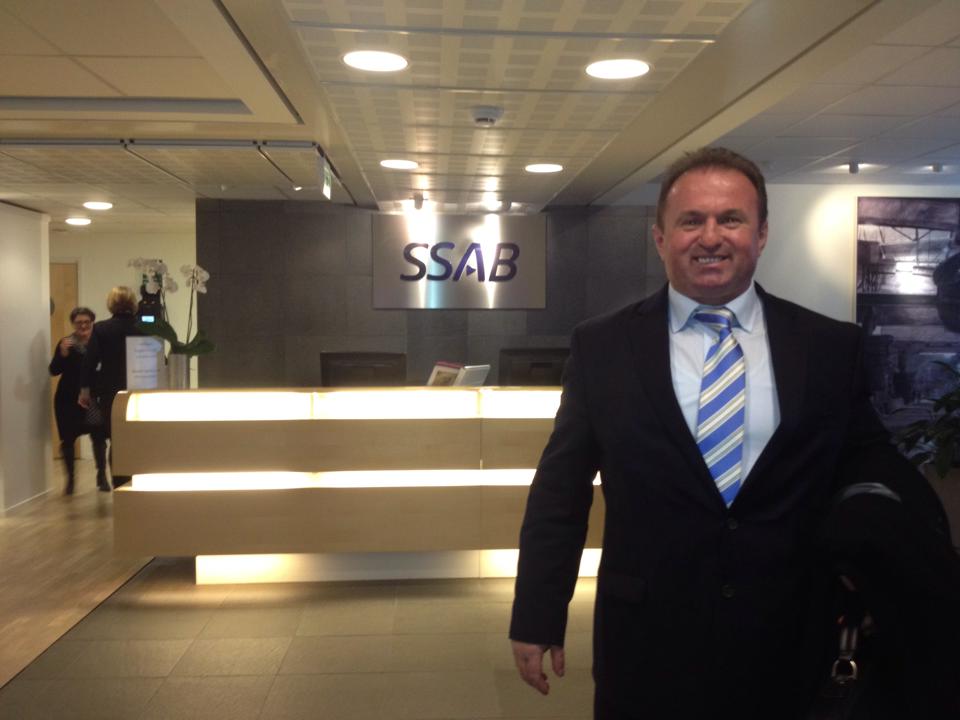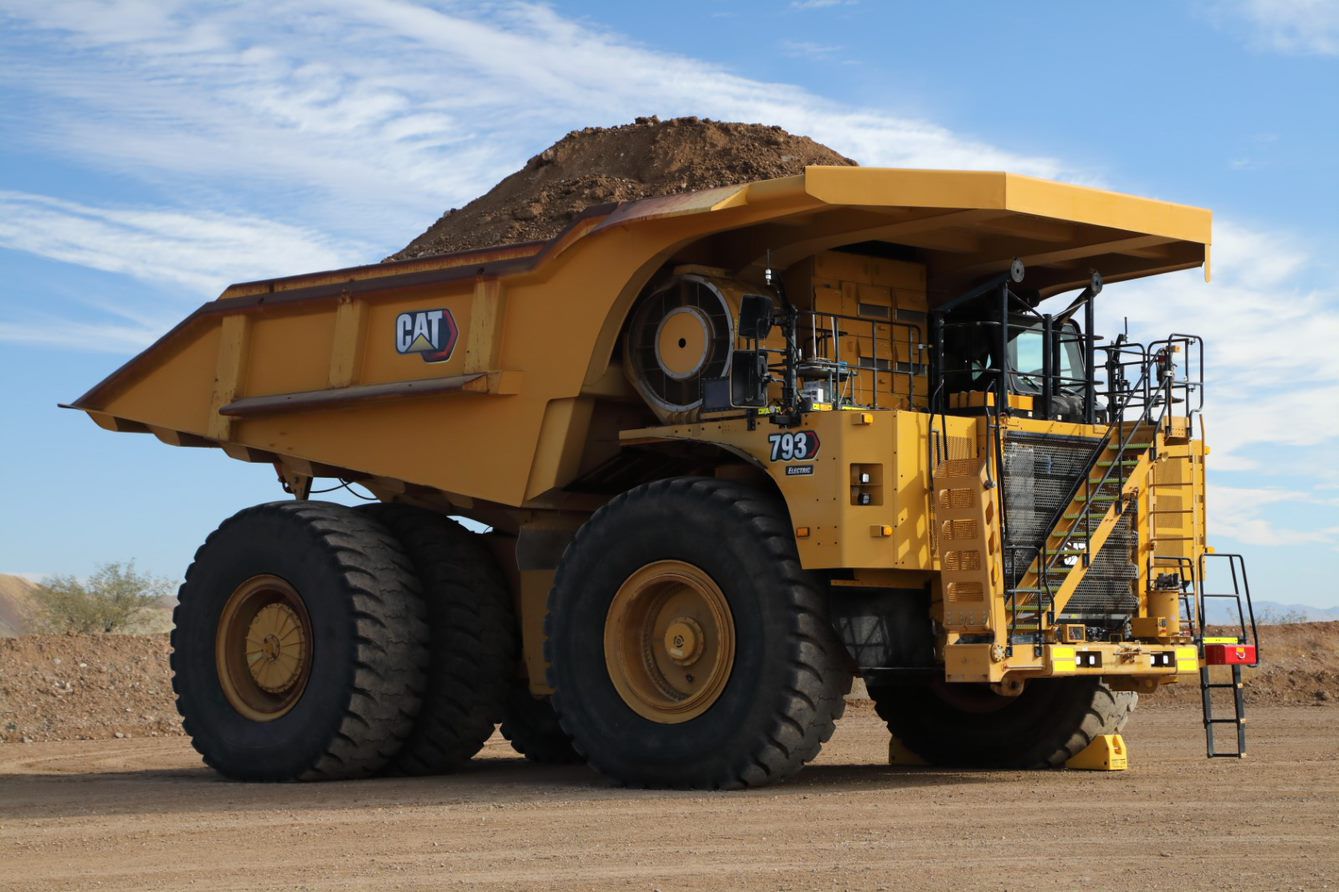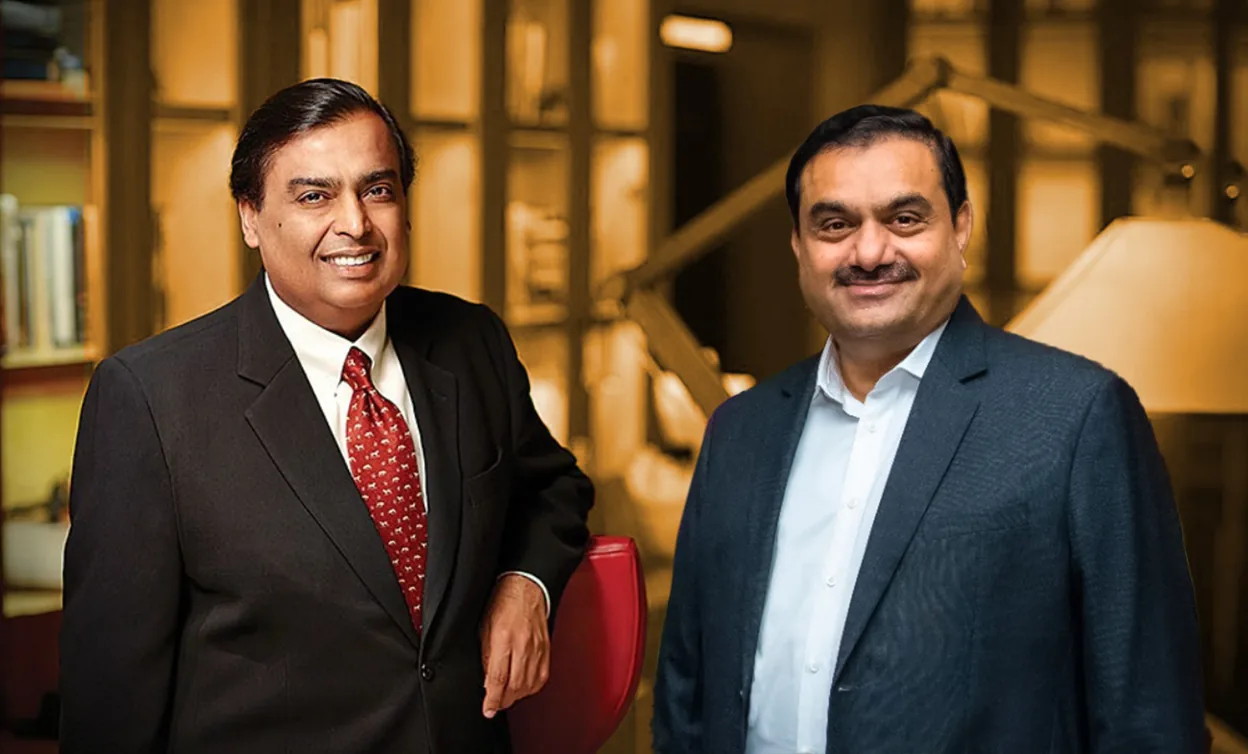Climate change is one of the major challenges of our time, human-induced climate change is the largest, most pervasive threat to the natural environment and societies. World temperatures are rising because of human activity, and climate change now threatens every aspect of human life. The world need scale and speed of the investment in clean energy and innovations in all sectors of economy. Currently the steel industry is among the three biggest producers of carbon dioxide. Aluminum is the most energy-intensive metal to produce. In fact, estimates say it accounts for nearly 1.1 billion tons of global CO2 emissions yearly. After iron, aluminum is the second most widely used metal globally. Aluminium is the world’s most used non-ferrous metal.
Hydro’s technology experts have worked to develop a breakthrough technology for primary aluminium production. The proprietary HalZero technology is based on converting alumina to aluminium chloride prior to electrolysis in a process where chlorine and carbon are kept in a closed loop where the only emission is oxygen. The results of the initial test phase are very promising, and we are now ready to start piloting the technology in lab scale. If successful, the ambition is to produce first pilot volumes by 2025 and to have an industrial-scale pilot up and running by 2030.
We’re witnessing a outstanding new technology and innovations in the worlds most used metals. Rio Tinto and Alcoa announce world’s first carbon-free aluminum smelting process. A revolutionary process to make aluminium produces oxygen and replaces all direct greenhouse gas emissions from the traditional aluminium smelting process. Alcoa and Rio Tinto launch new joint venture, Elysis, for larger scale development and commercialisation of the process, with a technology package planned for sale beginning in 2024. Alcoa, Rio Tinto, the Government of Canada, the Government of Quebec and Apple agree to provide a combined investment of $188 million (CAD).
Apple helped facilitate the collaboration between Alcoa and Rio Tinto on the carbon-free smelting process, and has agreed to provide technical support to the JV partners. Technology represents the culmination of decades’ worth of research and development. Elysis will have access to a host of patents and intellectual property.
SSAB is one of the world’s most carbon emission-efficient steel companies. SSAB is a global steel company with a leading position in high-strength steels and related services. SSAB aims to be the first, in 2026, to offer fossil-free steel to the market and largely eliminate carbon dioxide emissions from our own operations in around 2030.
SSAB produces two types of zero-emission steel: SSAB Zero™, based on recycled steel, and SSAB Fossil-free™, based on iron-ore without fossil fuels.
SSAB and Cargotec are taking their partnership to the next level by introducing SSAB Zero™, a fossil carbon emission-free recycled steel, to the cargo and load handling industry. Cargotec plans to gradually start using this steel in its products this year.
SSAB is revolutionizing steelmaking with two unique steels with virtually zero fossil carbon emission – paving the way for a greener future. Green Steel has started production at Europe’s first green steel plant in Boden, northern Sweden. Using hydrogen to replace coal, the company hopes to roll out the first batches of steel by 2025. The green steel will be created by using hydrogen to react with iron ore, producing only water vapour. H2 Green Steel will produce its own green hydrogen using water from a nearby river.
The electricity required for electrolysis and the running of the plant will be provided by nearby renewable resources including hydropower from the Lule river and wind parks in the region. The process promises to cut emissions by 95% when compared with traditional steelmaking.
ArcelorMittal has already received $655m from Canadian authorities for its giant “hydrogen-ready” green steel plant in Ontario, Canada, meaning it is now in line for more $1.2bn in government subsidies — and it is planning further decarbonisation projects in France and Belgium, for which it may receive more government cash.
African Chrome Fields has announced new, ground-breaking aluminothermic smelting factory in Zimbabwe will be ready in two months . The plant is equipped with proprietary state-of-the-art technology which doesn’t make use of any power for the reduction of chrome ore to ferrochrome. The plant will support the company’s mineral beneficiation activities for the benefit of its South African and international clientele, who utilise its high-quality ferrochrome products to produce stainless steel.
African Chrome Fields’ Managing Director, Zunaid Moti said “Our proprietary aluminothermic processes produce ultra-low carbon, high-grade ferrochrome in just a fraction of the time required by traditional methods. It takes approximately two minutes to achieve a process that usually takes in excess of seven hours with zero power in the actual process itself. Combined with the quality of our chrome ore, we will soon be producing a superior product than can be found nearly anywhere else in the world,” notes African Chrome Fields’ Managing Director, Zunaid Moti.
The global population swelling to 8 billion in 2023 and substantial industrialization on the rise in developing nations, humanity’s demand for energy has reached unprecedented levels. Energy storage plays an important role in this balancing act and helps to create a more flexible and reliable grid system.
“Metals are critical to create more renewable energy as demand in 2023 is outstripping supply. Significant demand increases are expected for structural materials over 50 billion tons of sand yearly, billions of tons of steel, concrete, glass and aluminium. Albanian Minerals mission is to create a better green future for all the people in this world. As we pursue this mission, we’re guided by our principles that ensure to make this world a better place for future generations to come. A challenge in green energy is when the wind doesn’t blow and when the sun doesn’t shine. That’s when we need flexible power sources such as green Hydrogen, Hydropower and super energy storage options to complement these new renewable sources”. Albanian Minerals CEO Sahit Muja said.
New York based CEO Sahit Muja stated that; At Albanian Minerals we are receiving a records inquiries for chromium, iron ore, manganese, palladium copper, magnesium, lithium and nickel. Investments’ in renewable energy makes green electrification one of the most effective solution to the climate challenge. Albanian Minerals expects huge opportunities and demand for metals needed to build renewable energy infrastructure and manufacture of wind, solar, hydropower, batteries and electric vehicles. Finally the future is very bright for metals and minerals; Those include magnesium, nickel, cobalt, zinc, silicon,manganese, lithium, platinum, palladium, cooper, iron ore, silica, rare earth elements chromium, nickel, zinc, molybdenum, tin, tungsten, and lead” . Metals are now a great investment and hedge against inflation.
Albanian Minerals sees strong stainless steel demand continuing as part of the new effort to spur the next industrial revolution in clean energy technologies, electric cars, Mega-structure construction, mega factories, manufacturing and machineries .
According to UN, Energy is at the heart of the climate challenge – and key to the solution.
A large chunk of the greenhouse gases that blanket the Earth and trap the sun’s heat are generated through energy production, by burning fossil fuels to generate electricity and heat.
Fossil fuels, such as coal, oil and gas, are by far the largest contributor to global climate change, accounting for over 75 percent of global greenhouse gas emissions and nearly 90 percent of all carbon dioxide emissions.
The science is clear: to avoid the worst impacts of climate change, emissions need to be reduced by almost half by 2030 and reach net-zero by 2050.To achieve this, we need to end our reliance on fossil fuels and invest in alternative sources of energy that are clean, accessible, affordable, sustainable, and reliable.
Renewable energy sources – which are available in abundance all around us, provided by the sun, wind, water, waste, and heat from the Earth – are replenished by nature and emit little to no greenhouse gases or pollutants into the air.
Discover more from Green Innovation News
Subscribe to get the latest posts sent to your email.





